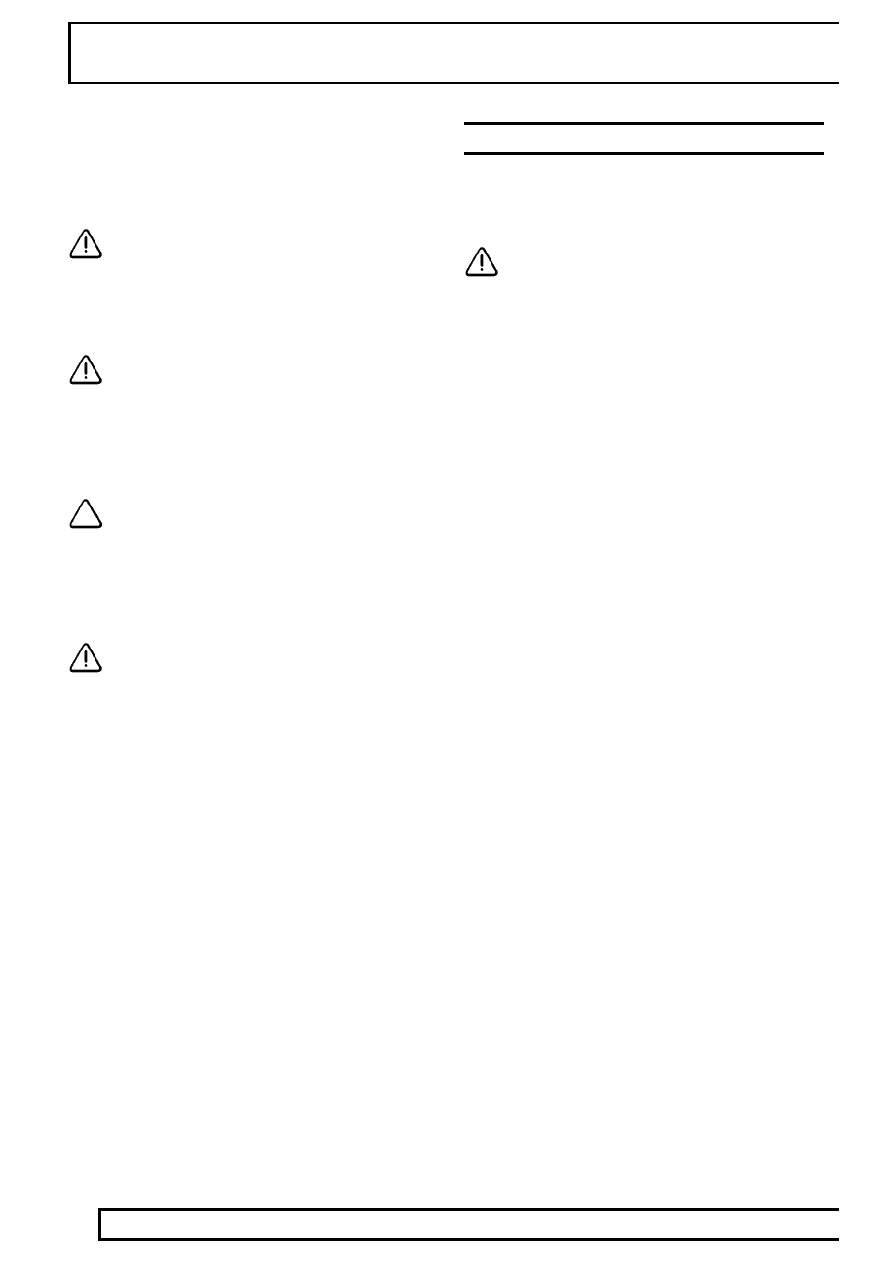Land Rover Discovery. Manual - part 191

82
AIR CONDITIONING
4
ADJUSTMENT
Evacuation and recharging
1. Add refrigerant oil to compressor if necessary.
2. Renew the receiver/drier.
CAUTION: When a major repair has been
carried out, a leak test should be carried
out using inert gas.
3. Connect a Refrigerant Station to the high and
low pressure servicing connections.
CAUTION: Whenever the refrigerant
system is opened, the receiver/drier must
be renewed immediately before evacuating
and recharging the system.
4. Operate the refrigerant evacuation system
according to the manufacturer’s instructions.
NOTE: If the vacuum reading is below
700mmHg after 15 minutes, suspect a leak
in the system. Partially recharge the
system and check for leaks using an electronic
leak tester. Check suction lines first, then run the
compressor for 5 minutes and then check the high
pressure lines.
CAUTION: The system must be evacuated
immediately before recharging
commences. Delay between evacuation
and recharging is not permitted.
5. Operate the refrigerant recharging system
according to the manufacturer’s instructions:-
Refrigerant required to charge system:
Without rear air conditioning = 0.90kg (32 fl/oz)
With rear air conditioning = 1.15kg (40 fl/oz)
6. If the full charge has not been accepted by the
system, start the engine and run it at 1500
rev/min for a minimum of 2 minutes.
Switch on the air conditioning system, open the
car windows, set the temperature control to cold
and switch the blower to maximum speed.
7. Consult Refrigerant Station Manual for correct
procedure to complete the charge.
8. Carry out the air conditioning system
performance test.
LEAK TEST SYSTEM
The following instructions refer to an electronic type
Refrigerant Leak Detector for use with R134a, which
are the safest and most sensitive.
CAUTION: When a major repair has been
carried out, a leak test should be carried
out using an inert gas (see below).
1. Place the vehicle in a well ventilated area but
free from draughts, as leakage from the system
could be dissipated without detection.
2. Follow the instructions issued by the
manufacturer of the particular leak detector
being used.
3. Commence searching for leaks by passing the
detector probe around all joints and components,
refrigerant gas is heavier than air.
4. Insert the probe into an air outlet of the
evaporator or into the evaporator drain tube.
Switch the air conditioning blower on and off at
intervals of ten seconds. Any leaking refrigerant
will be gathered in by the blower and detected.
5. Insert the probe between the magnetic clutch
and compressor to check the shaft seal for
leaks.
6. Check all service valve connections, valve plate,
head and base plate joints and back seal plate.
7. Check the condenser for leaks at the pipe
unions.
8. If any leaks are found, the system must be
discharged before rectification.
9. Rectify any leaks and recheck for leaks during
evacuation prior to charging.
Leak test using inert gas
Use Nitrogen or Helium gas.
1. Connect gas line to recharging station.
2. Pressurise system to 3 bar.
3. Carry out leak test as above.